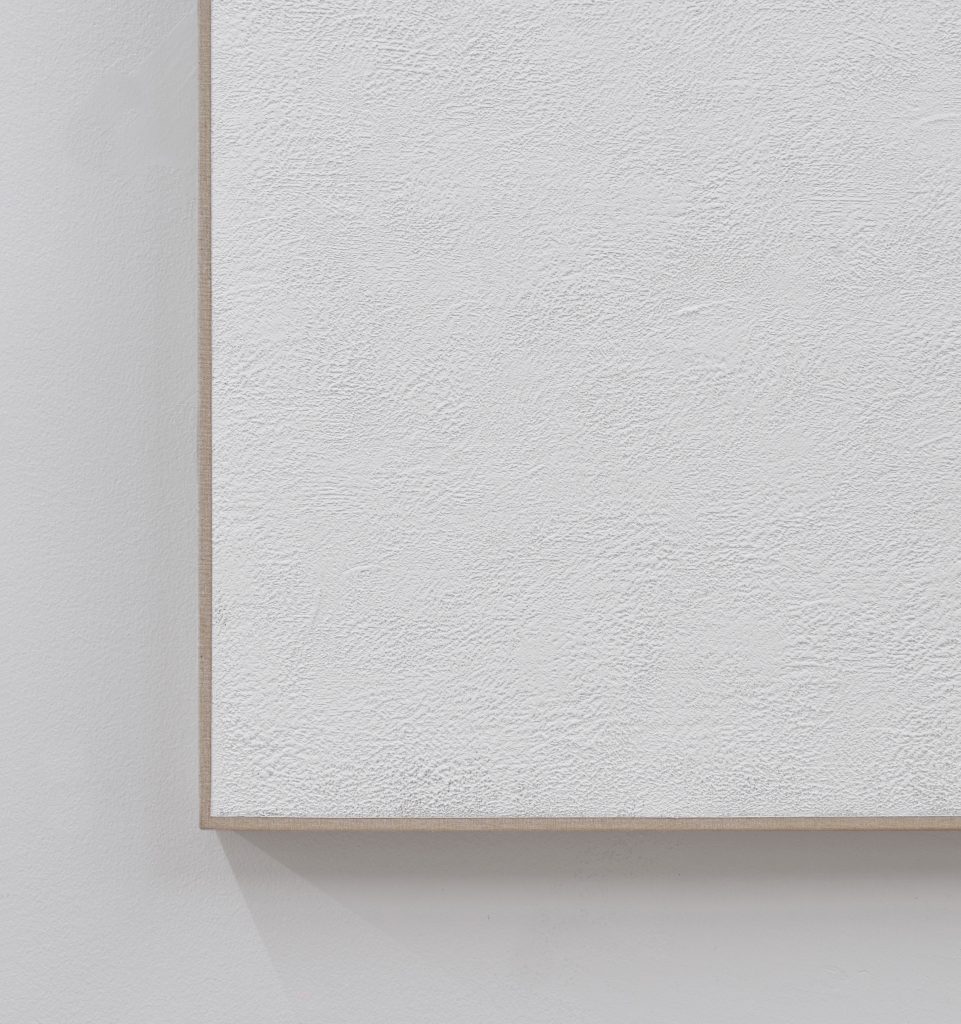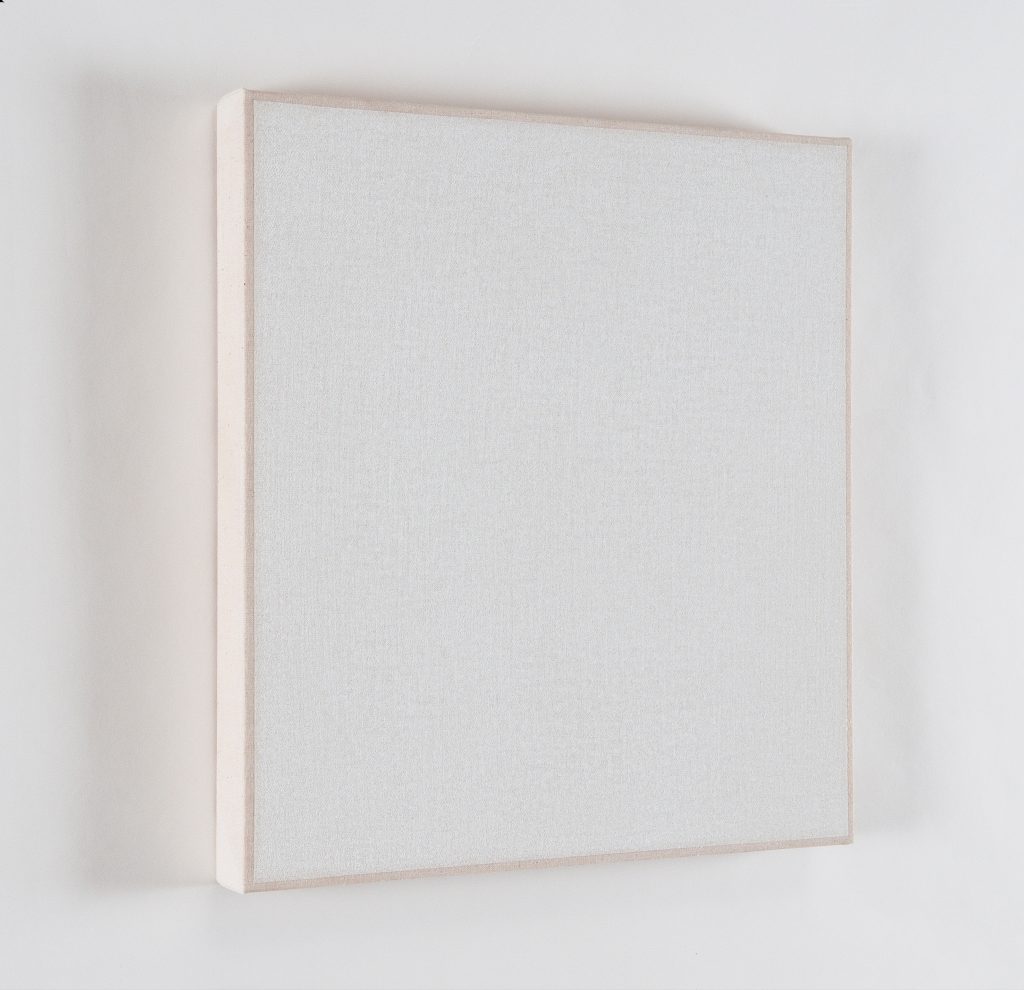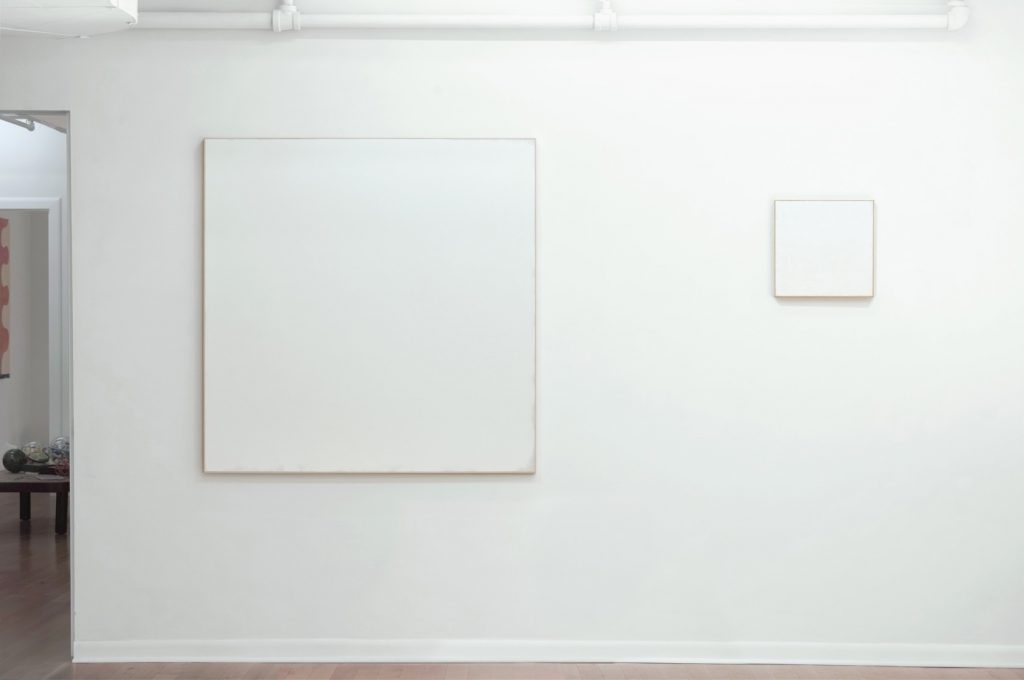Q&A With New York Artist Daniel Levine
Q: Tell me about your background?
I was born and raised in New York City, where I still live, and my studio is in Greenpoint, Brooklyn. My parents were progressive, and always supported my career path; in fact, my mother was a serious painter who went to Black Mountain College, where she met John Cage (she participated in the first “Happening” in 1952), Robert Rauschenberg, Jack Tworkov, and many others. I still have her brushes and paints.
I grew up in the New York of the 1970s – a low point for the city, but for me it was vibrant. I was often found in museums, Soho galleries, CBGB, wandering the wasteland of lower Manhattan, or visiting friends’ homes where there were Carl Andre floor pieces instead of rugs.
I went to college in Buffalo, NY, and there I became involved with the seminal alternative art spaces, Hallwalls and CEPA Gallery, and the community surrounding them. Hallwalls was founded by Robert Longo and Cindy Sherman, among others.
Q: Do you remember the first artwork you made, and can you tell me about it?
I suppose I consider the last artwork I made to be the first. Until the next one, that is. Always starting over.
Q: Was there a particular moment or event where you decided to become an artist?
Not a particular moment. I suppose I always considered myself an artist. I went to college to study photography and art history – I greatly admired the “New Topographics” of Robert Adams and Lewis Baltz – and during this formative period, I adopted a more serious approach to my work, and, being among a very vibrant community both in Buffalo and New York, it became clear that art was to be my career path.
Q: What influences you?
Not art so much, although there are many artists I admire; but architecture, as it has rules, and relates to human presence, light, space, and the nature of materials; film, music, and literature (form, narrative, and structure); and long walks and road trips, as that gives me time to think – being in the world as well as a part of it.
Q: Can you tell us more about the art scene in New York in the 1980-1990 and how you see it compared to today?
My involvement with the Buffalo spaces in the 1980s allowed me an introduction to an artistic community in New York City. So, besides concentrating on my own work, I also was able to curate exhibits that included my friends and others whose work I admired, such as Felix Gonzalez-Torres, Cady Noland, Al Ruppersberg, Raymond Pettibon, John Currin, Steven Parrino, Richard Prince, Jim Shaw, Meyer Vaisman, and others.
There was a vibrant DIY scene with artist-run spaces and collectives, and while that still exists, the dearth of affordable studio space makes it very difficult to pursue a career as an artist.
It also felt like a smaller world than today, and in terms of the community with which I was involved, felt motivated more by the work than by a market. Of course, every generation probably says that. But being pre-internet, in the ’80s you only became familiar with work through magazines, studio visits, exhibits, and travel – you had to have a personal relationship with the work. Today, social media has allowed artists to expand their communities in extraordinary ways. I’m still curious and visit galleries on a regular basis.
Q: Your works are very much minimal and monochrome, has it always been like that?
I’ve been focused on monochrome, or single-color painting since 1990. My work has consistently been about reducing forms to basic elements: structure, support, surface, materials. Drawing about drawing; painting about painting. Distilling it down to an essence, a self-awareness, whether it be photographs, drawings, or paintings.
Q: The Idea/concept surrounding your work, can you tell us more?
I see the value of monochrome in its being a strategy, a technique. I chose it, or gravitated towards it, due to its self-imposed limitations, but it is an extremely expandable form, and rather subjective about color, scale, and surface.
I don’t abide by its “rules,” and while it is usually regarded as elitist and difficult, I find it quite alive and accessible. I think of monochrome as the ultimate parody of, and the ultimate tribute to, painting. And in the end it’s just paint on cotton, and I’m going to make the best painting possible.
Q: Can you tell me more about the process in your works?
Various whites, grays, and neutrals (mostly out of the tube, but lately a bit of subtle mixing), mediums, surfaces, brushes. Multiple glazes. I work on an easel for smaller pieces, as that gives me a more personal relationship with the painting, and intimacy. The paintings are mostly titled prior to starting, and that imbues them with a certain personality, a certain feeling.
Q: What is most important to you regarding your work?
There was a period in my life that I was able to enjoy a John McLaughlin painting daily. It never bored me, so if my work can achieve that, and find a home where it can become a part of someone’s interior life (the emotional and physical landscape), and keep on giving, I’d consider that a success.
Q: Can you tell me more about your routines and rituals in your daily practice?
I’m a morning person, and prefer working in natural light, so try to get to the studio as early as possible. I pick up a cup of coffee at my local bodega, where I talk baseball with the shopkeeper, then gear up to work by cleaning up (a lost cause), organizing, laying out materials, and then I get to work. I already know the day before what I want to do, and never paint when I’m not motivated.
Q: Can you let us in on some of the future projects, works?
Lately I’ve been interested in Emerson and the American Transcendentalists, as well as communal societies of the 1960s, so maybe in my mind there’s a relationship between failed utopias and monochromes? At the very least it’s something for me to think about while I’m painting, or as a source of titles.
Also, there recently was a Hammershøi exhibit in New York, and I was enthralled by the paintings. My current work has a source in his backgrounds – the various whites and grays – so I’m using those tones as starting points.
Link to Artist Page – Daniel Levine






Pingback: Daniel Levine on Sunday-S - Sunday-S Gallery
Pingback: Best 11 Daniel Levine Artist - Ôn Thi HSG
Pingback: Daniel Levine — Questions About the Nature of Painting | Aesence®